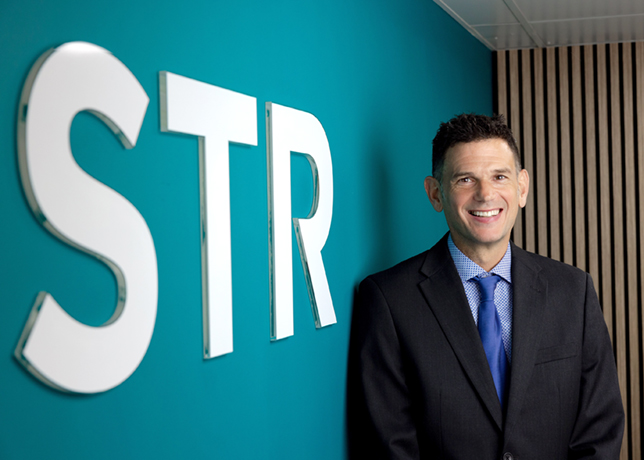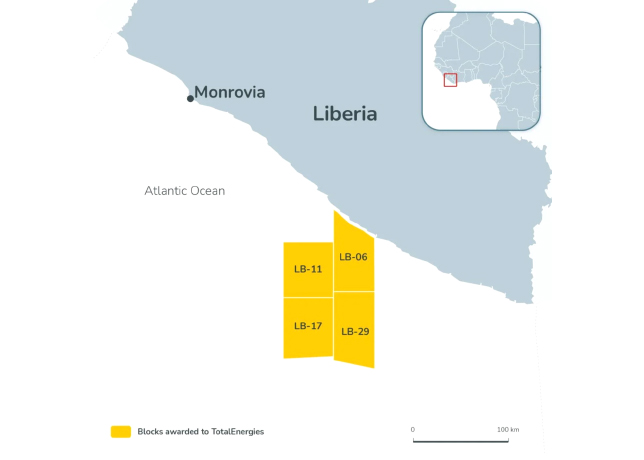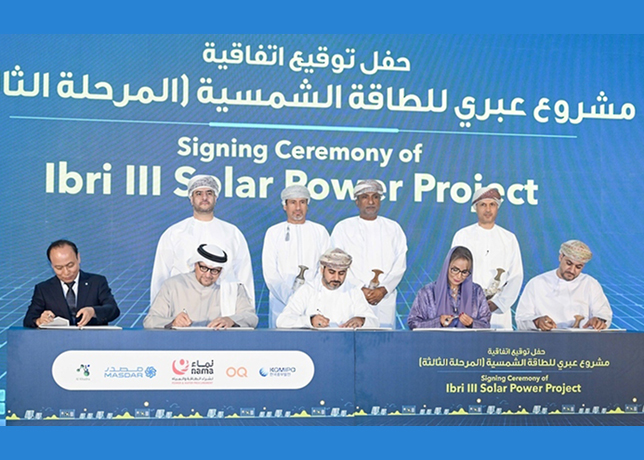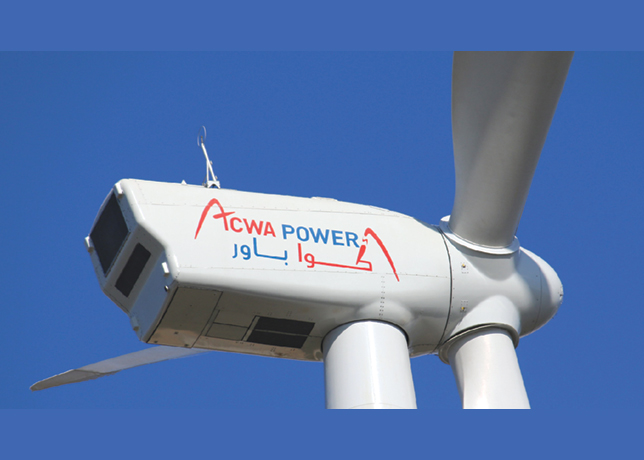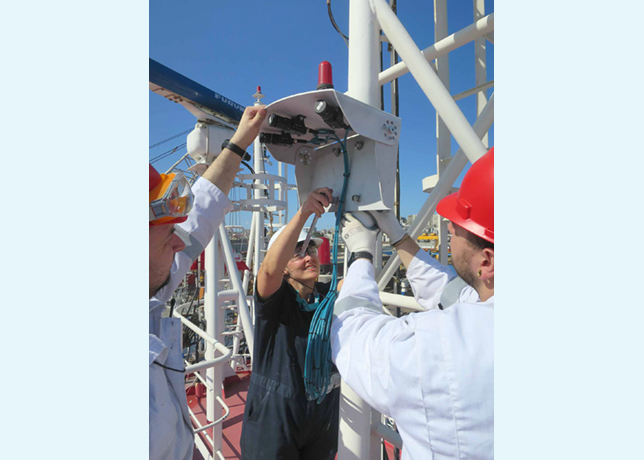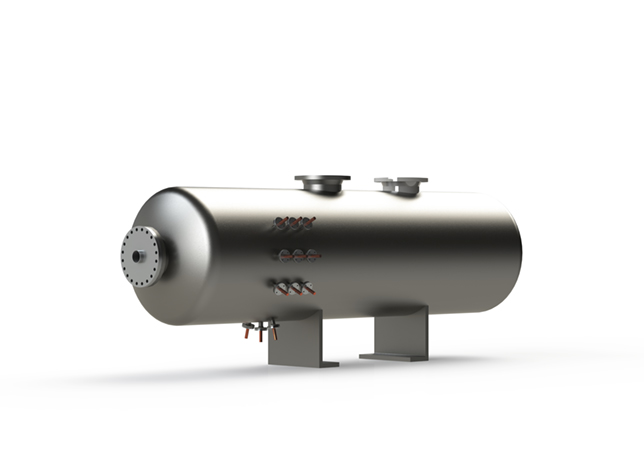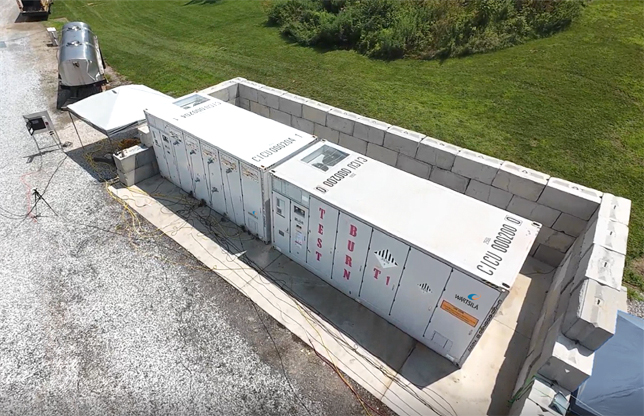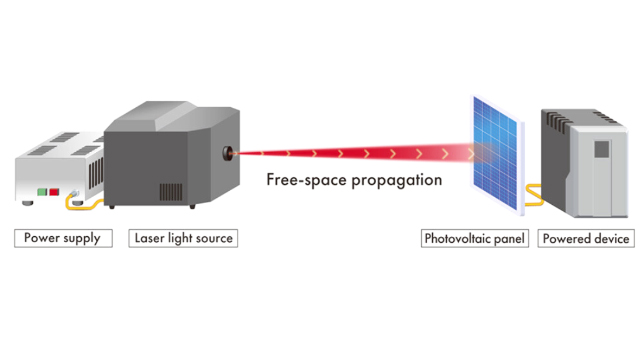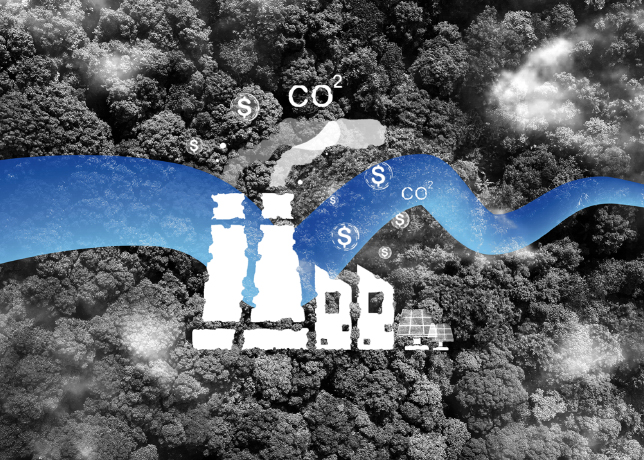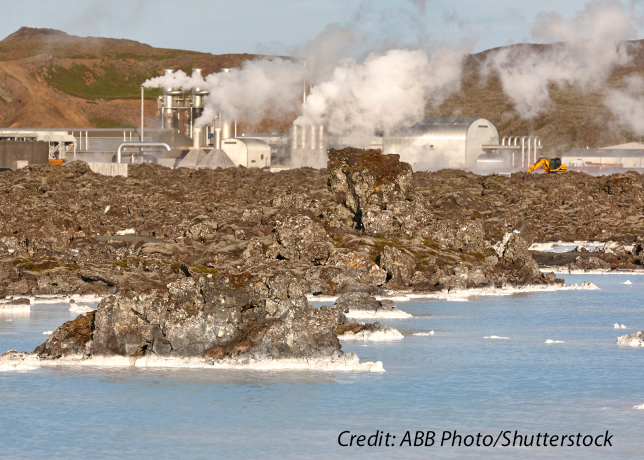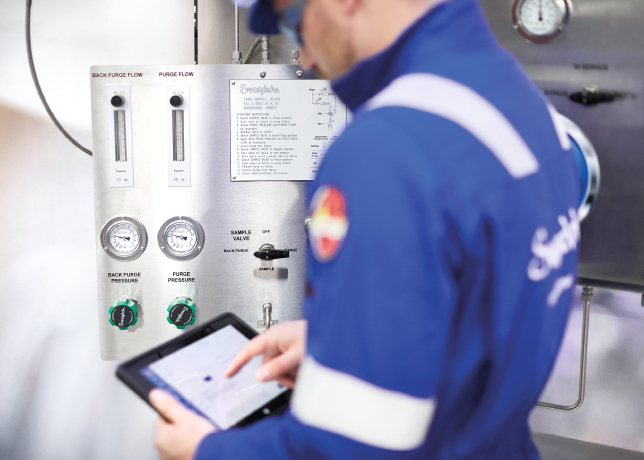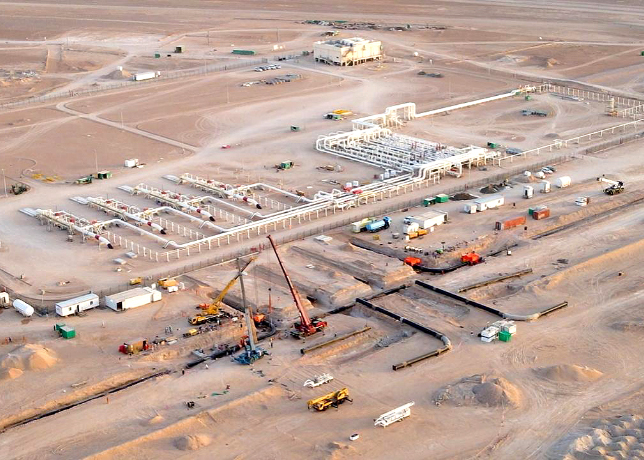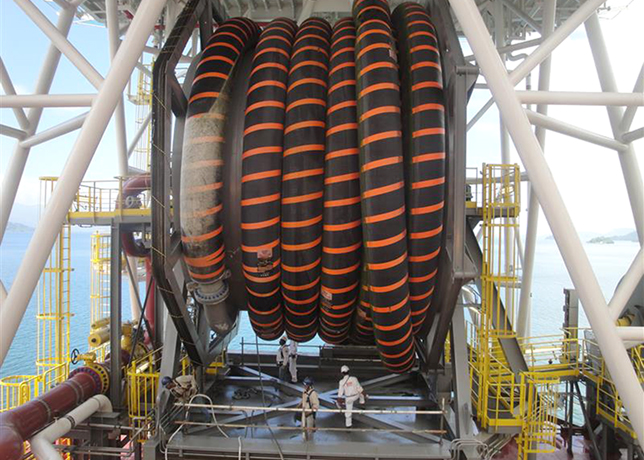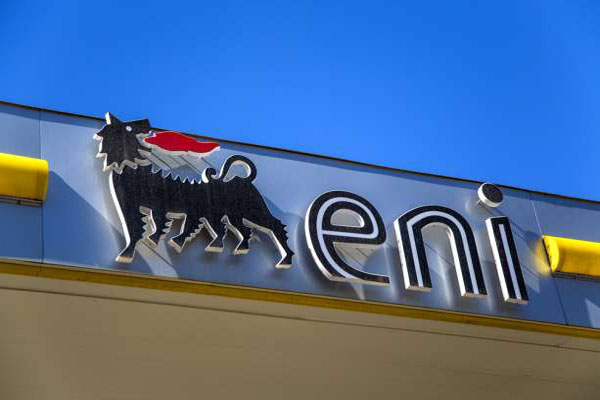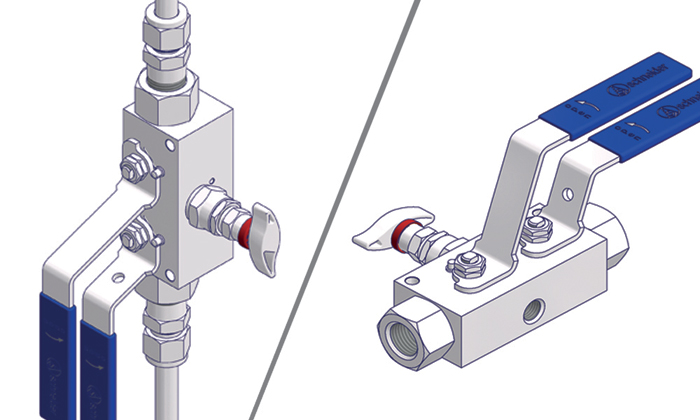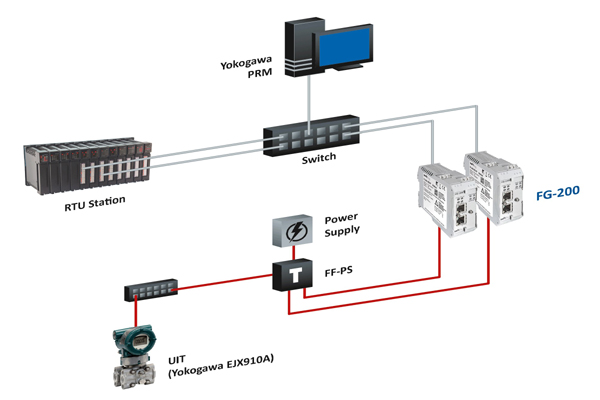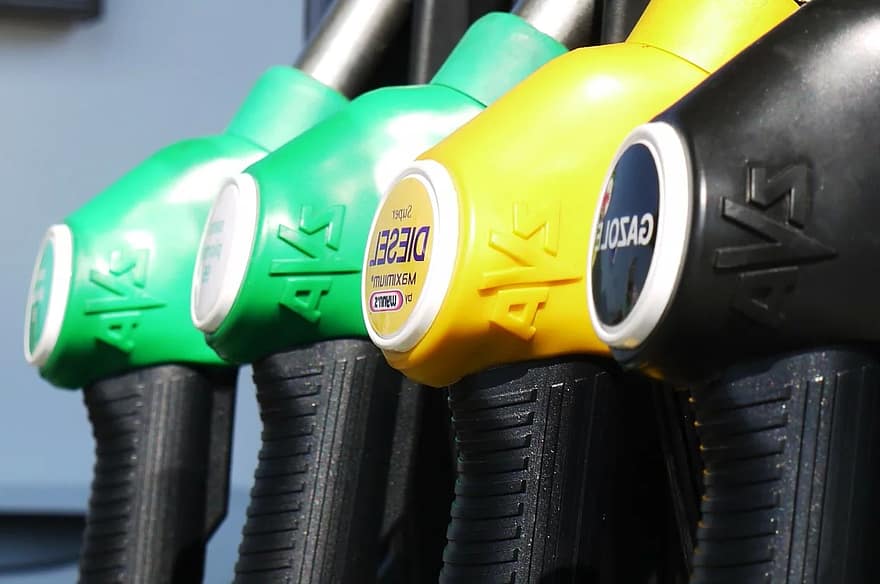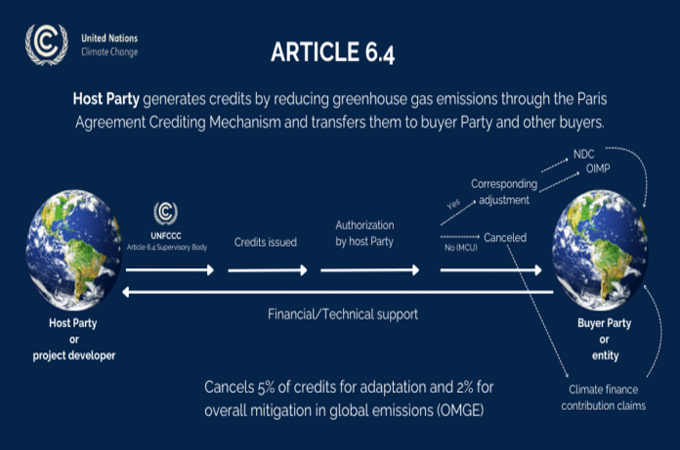
The United Nations has recently approved the first methodology under Article 6.4 of the Paris Agreement, representing an advancement in the realm of global carbon markets.
This initiative marks
the beginning of a new phase in international carbon trading, allowing
countries and companies to offset emissions under a unified global standard,
reported Carbon Credits.
Key Features of
Article 6.4
- Global Market Creation: Article 6.4, also known as the Paris
Agreement Crediting Mechanism (PACM), establishes a platform where
countries can trade verified emission reductions. This mechanism aims to
ensure that carbon credits are derived from real and measurable emission
cuts, enhancing the credibility of carbon trading.
- Replacement of the CDM: The new methodology replaces the Clean
Development Mechanism (CDM) from the Kyoto Protocol, which registered over
7,800 projects from 2006 to 2020. This transition aims to improve the
quality and transparency of carbon credits in the marketplace.
- Support for Renewable Energy: The first approved method specifically
supports renewable energy projects, with a focus on small wind and solar
developments in developing countries. These projects are pivotal in
reducing greenhouse gas emissions and expanding access to clean energy.
Financial
Implications
- Climate Finance Goals: At COP29 in Baku, world governments
committed to increasing climate finance for developing countries to at
least $1.3 trillion annually by 2035. This funding will come from both
public and private sources, with developed nations pledging to mobilise
$300 billion each year.
- Impact on Emissions: The World Bank estimates that
cooperation under NDCs could potentially reduce emissions by up to 5
billion tonnes annually by 2030, providing a clear pathway for countries
to meet their climate targets.
- Market Growth Potential: Experts predict that global demand for
carbon credits could reach 2 billion tonnes by 2030 and surge to as much
as 13 billion tonnes by 2050, signaling robust growth in carbon trading
markets.
Integrity and
Transparency
Article 6.4 aims to
address previous criticisms of carbon markets, particularly concerning weak
integrity and unclear reporting standards. Key measures include:
- Independent Audits: All projects must pass rigorous checks
by independent auditors before earning credits, ensuring that only
verified emission cuts are recognised.
- Digital Tracking: Each carbon credit will come with a
digital record, allowing buyers to trace its origin and impact, thereby
enhancing accountability and transparency.
- Strict Monitoring Framework: The Supervisory Body’s framework will
set clear baselines for emissions, measure reductions over time, and
monitor performance using standardised tools.
Business and Market
Response
The approval of the
first methodology is expected to attract significant interest from the energy
and finance sectors:
- Market Value Growth: The voluntary carbon market was valued
at about $2 billion in 2023 and is projected to grow to over $100 billion
by 2030 as Article 6.4 trading gains momentum.
- Pressure on Companies: The new system will encourage companies
to purchase only verified and transparent credits, reducing the risk of
"greenwashing" and enhancing corporate social responsibility.
- Regional Exchanges Preparation: Carbon exchanges in Asia, Europe, and
Latin America are preparing to include Article 6.4 credits in their
offerings, which will help stabilise global carbon prices.
Social and
Environmental Impact
The new UN system
aligns with Environmental, Social, and Governance (ESG) goals and promotes
sustainable development:
- Job Creation: Renewable energy projects, such as solar
and wind farms in Africa and Asia, are expected to create millions of jobs
while improving air quality and energy access.
- Alignment with SDGs: The initiatives support the UN
Sustainable Development Goals (SDGs) for clean energy and climate action,
emphasising the interconnectedness of environmental and social benefits.
Future Outlook
While the approval of
the methodology is a significant milestone, challenges remain before the system
can reach its full potential:
- Additional Methodologies: The Supervisory Body will need to
approve more methodologies for complex sectors like forestry, agriculture,
and industry, ensuring accurate representation of emission reductions.
- Negotiations and Concerns: Ongoing negotiations between countries
will address concerns about potential delays in domestic emission cuts due
to reliance on carbon trading. However, proponents argue that this system
will open new funding avenues for clean energy and climate adaptation
projects.
- Funding Needs: Developing countries are estimated to
require about $4.3 trillion annually by 2030 to meet their climate and
energy goals, highlighting the critical role that Article 6.4 could play
in bridging this funding gap.
As the Supervisory
Body prepares for its next meeting before COP30 in Belém, Brazil, the focus
will be on expanding the system and ensuring it delivers real benefits for
people and the planet.











